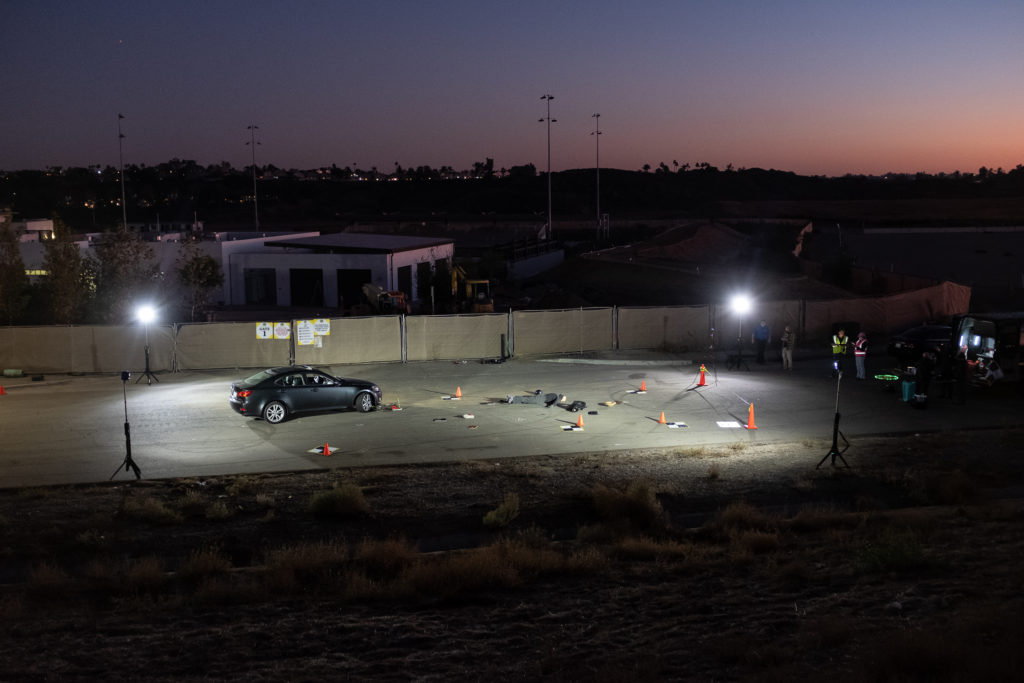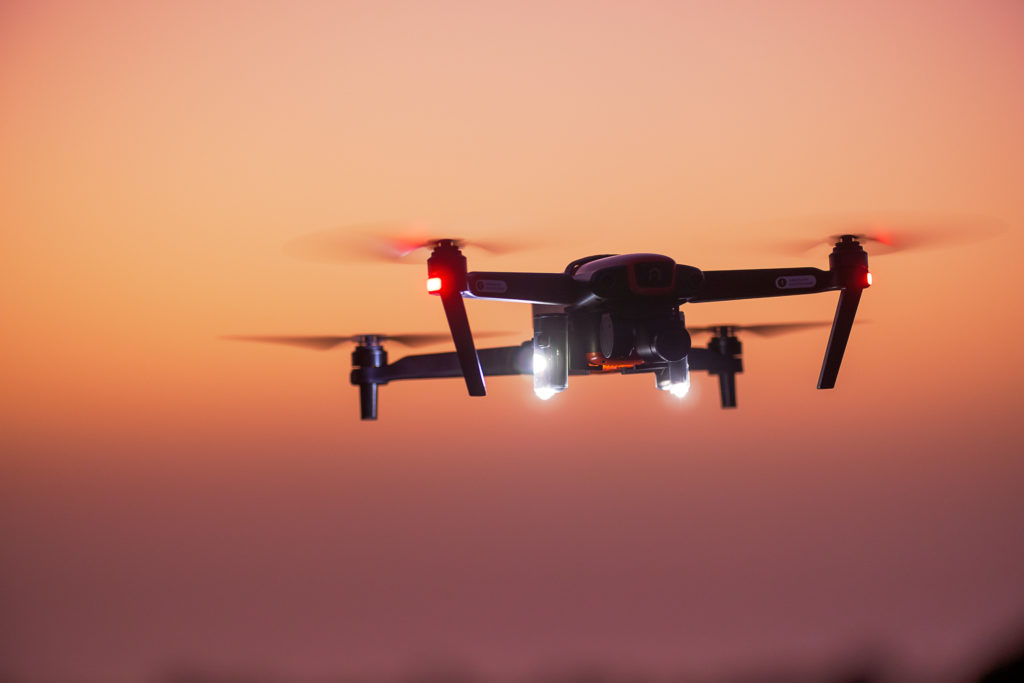Shop by Industry
Industries we support...
Products
START SHOPPING...
EXPLORE by category
Product Series
Resources
Contact
Find a Dealer
Most automobile accidents occur at night. Unfortunately, they often happen in locations that are dark without street lighting.
Investigating traffic accidents at night is difficult and time-consuming for police and traffic investigators. The use of drones and lighting allows investigators to map an accident faster and open the road sooner. Investigators need to use scene lighting to illuminate the accident scene so the drone camera can capture the scene accurately.
In this post, we'll show how to:
There are two types of lighting used for nighttime accident reconstruction with drones - scene lights and drone lights.
Scene lights are positioned on the ground to illuminate the accident scene for investigation or mapping. They are powerful LED lights that provide the principal source of illumination. 2-6 lights will illuminate most accident scenes. If the accident dispersed over a large area, more lights would be required.

Drone lighting refers to lights mounted on the drone. The drone lights will provide a small amount of fill in some of the shadows from the terrestrial scene lights. The drone lights also serve as a strobing anti-collision light, so the drone is visible to the pilot and other aircraft.

Investigators need to see the whole scope of the accident and area to assess the damage. They need to see damage to the vehicles, evidence, roadway conditions, as well as their tools and instruments.
One of the most critical needs for lighting at an accident scene is safety for the investigators. Sharp, broken debris or uneven edges of the roadway are potential hazards for the investigation team. One misstep and an officer can be seriously injured.
Injuries are bad for the injured investigator and require additional personnel to help the injured officer and more investigators replace her. Unnecessary injuries lead to delays in opening the roadway and the investigation.
The primary reason for mounting lights on drones is anti-collision. A drone flown at night needs to be visible to manned aircraft and other drone pilots. The FAA mandates that the drone must have strobing lights that can be seen from at least 3 statute miles away. The lights also need to strobe at a cycle of 40-100 strobes/minute.
Drones are quickly becoming an essential tool for accident reconstruction. Drones can now map an accident scene in less than 20 minutes. Just as our eyes require light to see, the camera on the drone requires light to capture a bright, sharp image. The mapping software like Pix4D or SkyeBrowse needs the highest quality captures to build an accurate, detailed 3D model.
Many consumer drones, and some professional drones, use a 1/2" camera sensor. These cameras work well for daytime photography and video, but when it gets dark, 1/2" sensors struggle to capture quality footage. In dim conditions, they produce low-resolution, noisy footage with insufficient detail. Mapping software has a more challenging time generating quality models from low-resolution footage.
Larger 1" sensors have larger photosites and can collect more light in dark conditions. When capturing accident scenes at night, 1" sensors will often provide a brighter, higher resolution image.
Examples of 1" sensor drones and camera
Mapping software has a hard time with shadows in the image capture. It can only create a model from images that have detail. If there is a dark shadow with no detail, the software can't render anything, resulting in a transparent void.
Conversely, if a light is too bright or positioned too close to a light-colored object, the light will blow out the subject. Again mapping software can't make out details of the area and exclude that data from the model, leaving a transparent void or rendering it a bright white area with no detail.
It takes some practice, but it's essential to position the lights to deliver an even illumination on the subject. Place the light further back if the object is a shiny white car. If the subject is a black matte color, position the light closer to bring out the detail. Every case will be a little different, and over time you will find the sweet spot for light placement.
It's vital to position lights around the scene to fill in the shadows. The video below shows how multiple lights decrease the shadows from the cars.
When the drone goes into flight and photographs the scene, it's essential to keep all people out of the mapping area and not move anything. During the mapping process, the drone will be taking multiple photos or videos. It then stitches all the images together by matching the common points within the images. If something was moved or removed from the scene, the software will not see a match and render the scene improperly, resulting in a less detailed model.
When you arrive to map an accident scene at night, numerous factors can complicate the operation. Darkness, technology issues, weather, and safety are a few of the challenges. It's important to train regularly at night with your investigation team so you recognize and prepare for any unexpected issues that arise.
As mentioned before, light positioning is critical to getting a quality model. You will learn what distance is best for different objects, colors, and scenarios to achieve the best lighting with thorough training.
Garrett Bryl conducted a night demo mapping a mock auto accident at night using a DJI Mavic Pro, SkyeBrowse software, and FoxFury Nomad lights. This video shows the effectiveness of using these tools to create a 3D model of the accident scene.
Drew Jurkofsky of Fort Collins PD discusses how he uses DJI drones, Pix4D software, and FoxFury lights for mapping accident scenes at night in this webinar hosted by Flymotion.
The use of drones, mapping software, and powerful, portable lighting for nighttime accident investigation and reconstruction is a game-changer for investigators. They improve the speed of the reconstruction process and get roadways opened up faster.
Drone cameras require significant light to capture quality footage at night. FoxFury Nomad scene lights are the ideal lighting tool for drone mapping at night. They are quick to deploy and easy to move around the scene for optimal illumination. They are battery-powered, so they operate silently, which makes it easier to communicate. And they have a runtime of 3-24 hours to last through the night.



Enter your details below to save your shopping cart for later.